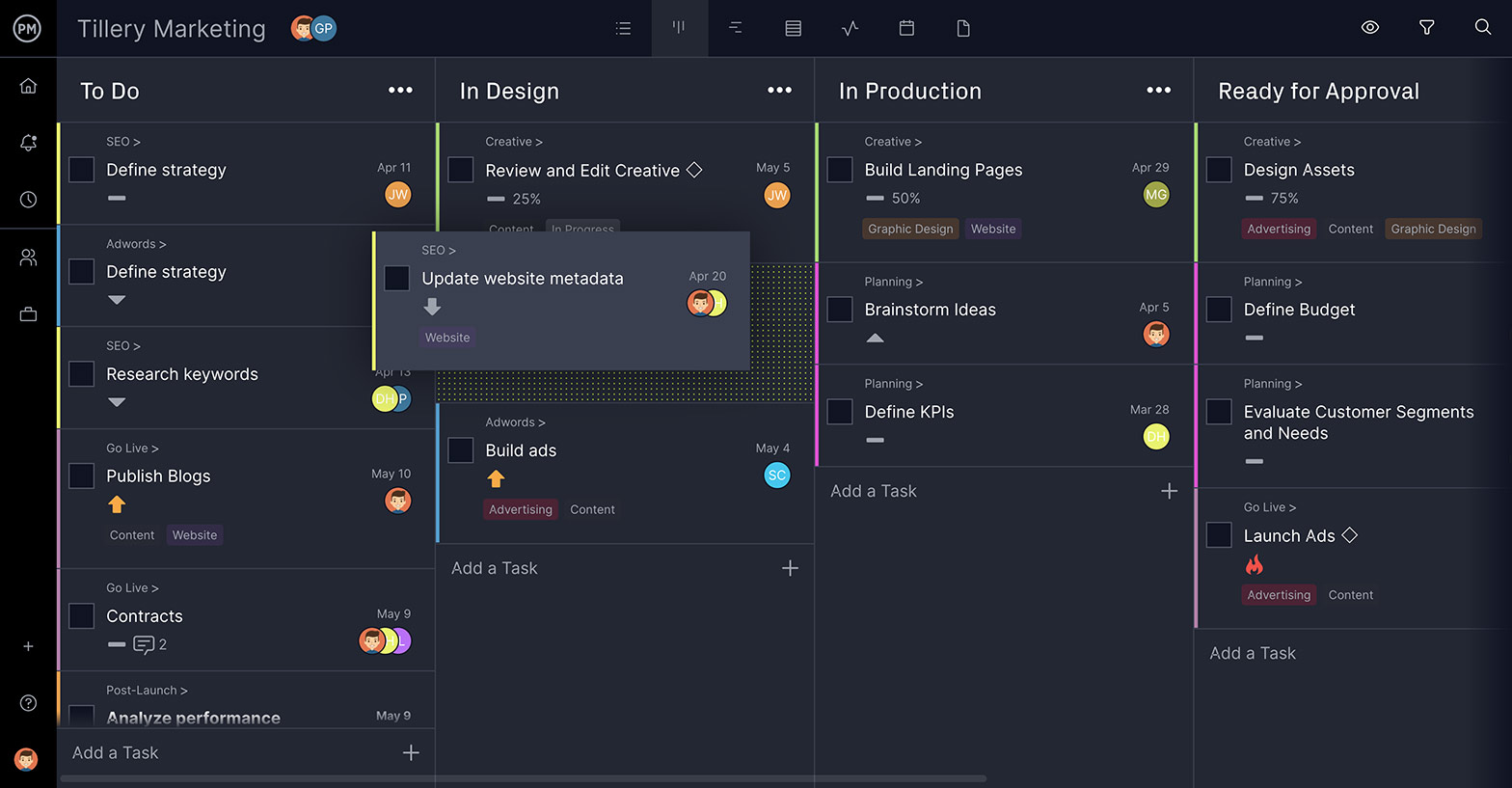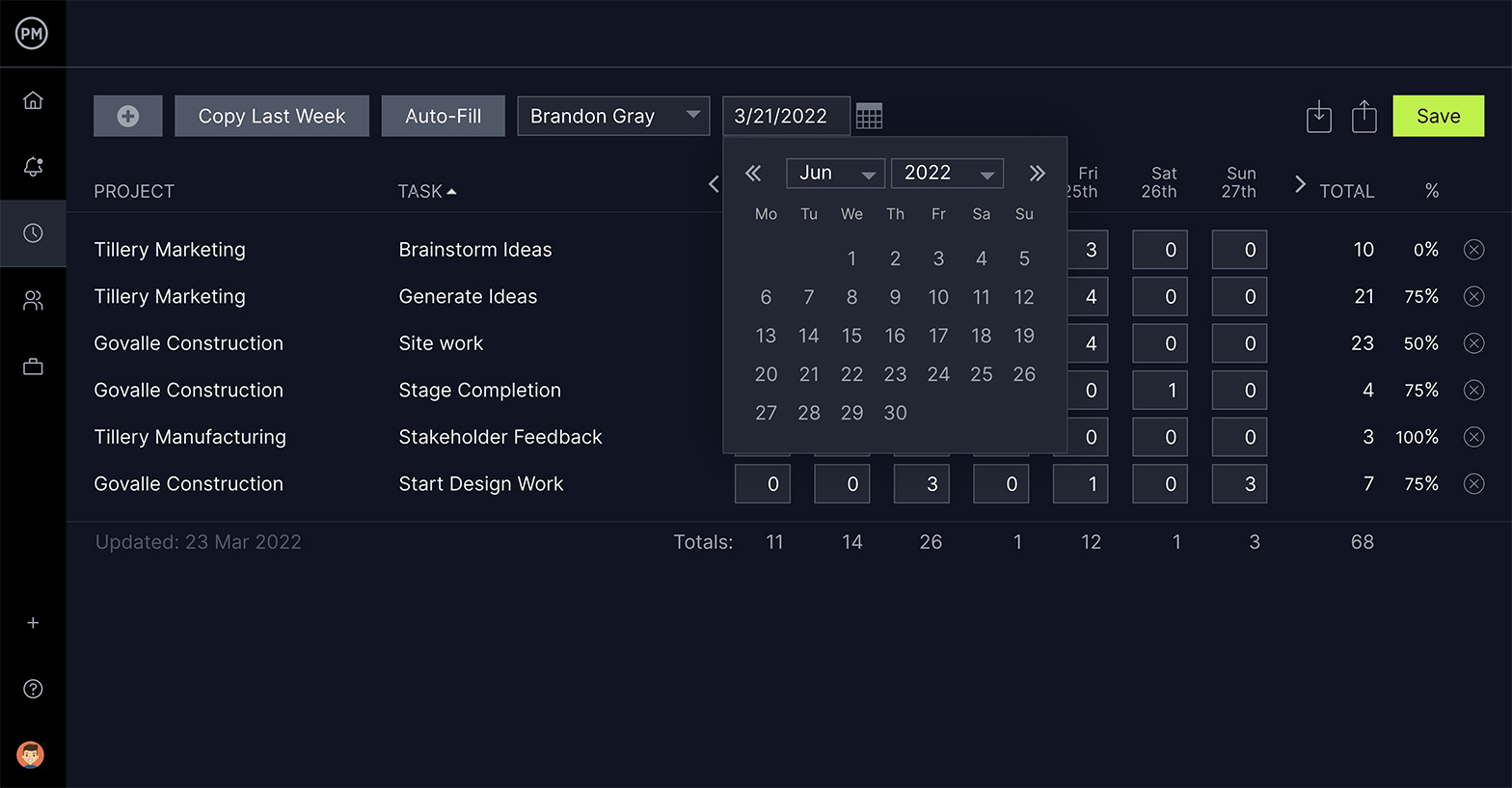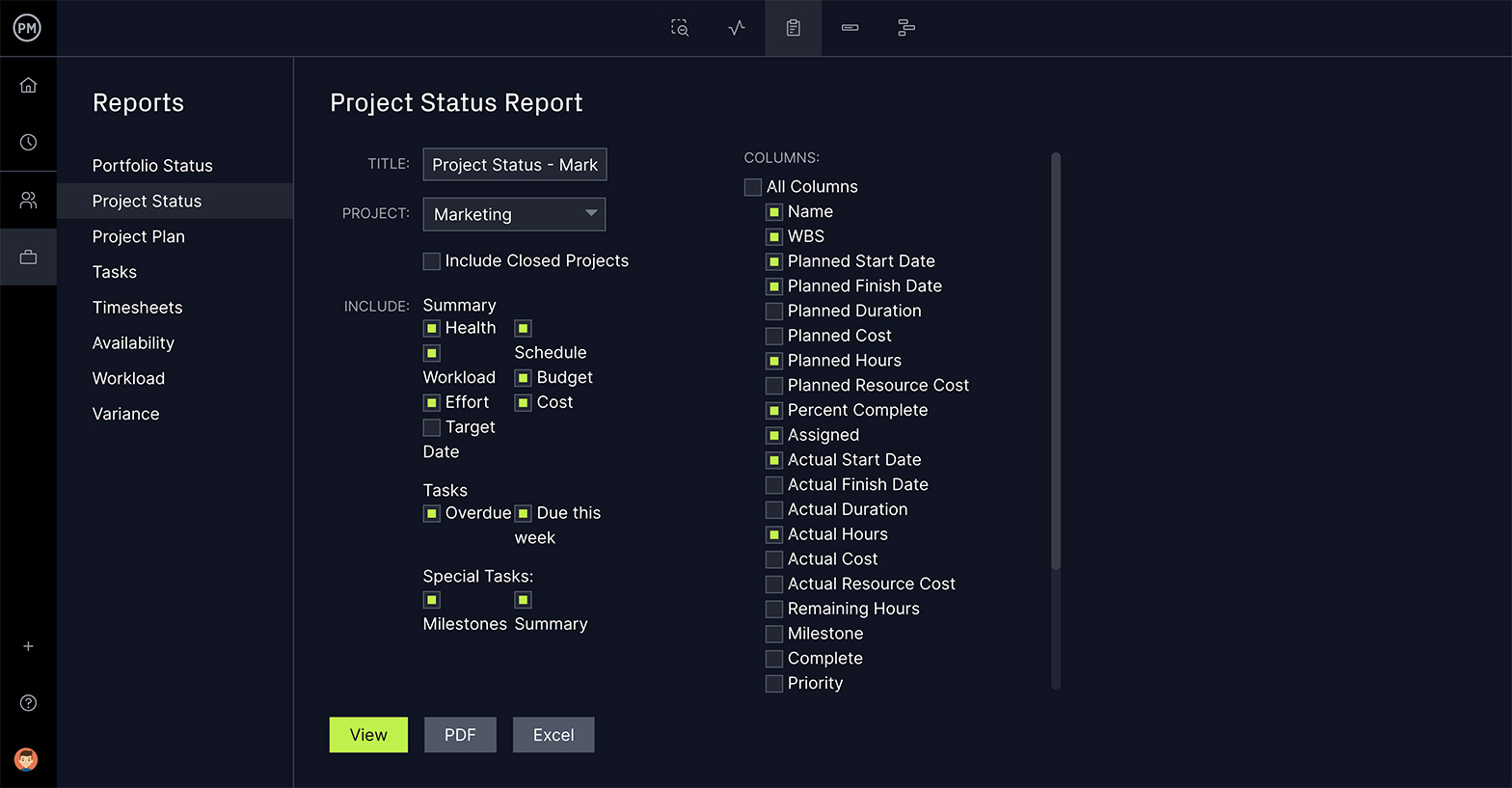A project is often considered something purely physical, like construction. The truth is, a project can be any work that has a beginning and an end. To that end, the legal industry has projects, too.
Legal project management is well familiar to lawyers, even if they don’t necessarily use that phrase. The end result of their projects is typically a contract, a will or any number of results.
What Is Legal Project Management?
Legal project management is when project management principles are applied to the delivery of legal services. It’s a method that law firms use to run projects for their clients with greater productivity. It’s not that different from traditional project management in effect.
When law firms employ legal project management, they help increase the satisfaction of their clients while keeping their law firm profitable. It’s a win-win situation for all parties. The legal work that falls under legal project management can be anything from litigation or non-contentious work.
A lawyer usually becomes the project manager for the law firm. They play a part in the legal project team to help clients and further the goals of the law firm. Because projects are temporary, all legal matters (regardless of their discipline) can be considered projects, and are therefore under the guidance of legal project management.
Project management software helps legal teams organize tasks. ProjectManager has interactive Gantt charts that you can share with your team and clients alike. You can link dependent tasks, set milestones and set the baselines. You’ll be able to track actual vs. planned effort in real time to help you stay on schedule. You can also manage work with task lists, kanban boards, dashboards and more. Get started with ProjectManager today for free.

The Legal Project Management Process
As in any project management, there is a process for legal project management. It can be broken down into three core principles:
It’s no different than what any project manager is responsible for when managing any project. You’ll see that the process for legal project management is not that different, either. It follows these five steps.
1. Define Project Objectives and Scope for the Legal Project
This step begins with gathering information and client requirements. You need to know the client’s business, needs and what they expect from you. Once your research is done, meet with the client and agree upon the project phases, deliverables and their desired outcome. Also, talk about the project scope, how long the project will take and what the costs will be. When that has been decided, agree on a billing arrangement. You’ll also want to bring up risks and other issues that might impact the engagement.
2. Project Planning
Now you have enough information to break your project into phases and tasks. You’ll also want to create performance standards that you can measure the project against. Once you have a full list of your tasks, you’ll need to organize them into a timeline. You assemble the project team at this point, too, for both the firm and client sides. You also estimate the project budget at this time. Finally, you must create a communication plan and a risk management plan.
3. Execute the Plan
This is the step in which you do the legal work. You’ll assign the right lawyers to work on the right tasks through task assignments and defining the delegation of authority. The project manager will give timely, objective and specific feedback to the team as needed, as well as manage the performance and morale of the team. This includes facilitating collaboration between the team and updating clients on the progress of the project.
4. Monitoring and Measuring Progress
As you execute the project, you’ll need to measure its progress and performance to make sure it’s aligned with your plan. This means tracking the progress of phases and tasks, avoiding scope creep, bottlenecks, redundancies, meeting client expectations and any other inefficiencies that can delay or derail the project. You’ll also need to control the project when issues arise that can impact your time, cost or scope.
5. Post-Project Review
The project isn’t over until the project manager and team have evaluated the outcomes in terms of the project scope. At this point, you need to identify anything that went wrong so that it’s not repeated in future projects. You should meet with clients to discuss feedback related to the project to gain lessons that can be applied to future projects. Any lessons learned need to be documented and shared with the firm, so it’s accessible to future teams as reference.
The Legal Project Manager
Depending on the size of your firm and your types of projects, you may want to consider hiring a legal project manager. A legal project manager is a professional that plans and manages legal operations using a combination of legal work and project management methodologies. This is a relatively new position, which has grown over the past decade to the point that most mid-to-large-sized legal firms have at least one.
These legal professionals are employed to define the scope of the project. They are the ones who lead the kickoff meetings and stay in touch with lawyers and manage client relationships in the project. They are also responsible for tracking progress on the work once the project is executed.
Part of that monitoring includes the budget and costs accrued over the course of the project. This information helps keep the project on track but also makes up the status reports that are presented to stakeholders by the legal project manager to keep them updated.
Legal Project Manager Skills
The legal project manager is a growing position in the legal field that provides project management techniques to the legal department to address legal services and legal processes. There are specific skills that a legal project manager must be proficient at, including traditional project management skills. That includes managing complex projects under pressure, having the leadership skills to manage teams, being able to solve problems and having critical and strategic thinking skills.
Of course, a legal project manager must also be fluent in legal knowledge. That doesn’t mean they have to have graduated from law school and passed the Bar. But having some familiarity with the legal process and language is going to help. Often, the legal project manager comes from a paralegal or legal assistant background.
Legal Project Management Certification
Having project management training is always useful. There is project management certification, such as Project Management Professional (PMP) offered by the Project Management Institute (PMI), which can be very helpful in understanding how to manage a legal project and help you get a job as a legal project manager.
You don’t have to have certification to be qualified for the position, but a legal background with a project management background is going to make you a more attractive candidate. There is an organization called the Legal Project Management (LPM) Institute that offers a number of courses and LPM certifications. But, often just having some training as a paralegal or having worked on legal projects is enough to get your foot in the door.
Legal Project Manager Salary
According to Glassdoor, a legal career as a legal project manager has an average base pay of $86,565. That’s the national average, with the low end of the spectrum is around $57,000 and the high end peaking at about $132,000.
Legal Project Management Tools
There are few software solutions designed specifically for legal project management, though any project management tool that helps with project management processes will prove helpful in planning, monitoring, tracking and reporting on your project. Any tool with task management features is also going to prove helpful.
Having a dashboard that monitors the project and allows you to gain insights into the progress and performance of the project will help you stay on schedule and keep to your budget. Along those lines, you’ll also need reporting tools that generate various reports that go into greater detail and can be shared with stakeholders.

It’s also best to have a collaborative tool to connect teams, whether they’re working in your office or a satellite office located somewhere else. There are also going to be various departments at the firm working together, so a collaborative platform that is easy to use for everyone is a plus.
Legal Project Management Templates
If you’re not ready to try legal project management software, there are project management templates that can help you manage legal projects to maintain client satisfaction. The following templates are all available for free download.
Project Budget Template
Legal projects have budgets and this free budget template collects all the financial details, including estimates, so you know how much money you’ll need to layout to manage your project.
Gantt Chart Template
This free Gantt chart template for excel will help you organize all the tasks for your project management team on the left side, with start and due dates, priority and more, while on the right side you’ll see the entire project on a timeline with tasks and duration bars.
Risk Register Template
All projects are risky. Identifying risk and then tracking issues that arise in your project is how you serve your client. This free risk register for Excel lets you define each risk by priority and its potential impact on the project.
Work Schedule Template
Managing teams means having a clear idea of who is doing what and when. This free work schedule template allows you to organize your team’s weekly work schedule and better manage their workflow to keep everyone working productively.
How ProjectManager Helps With Legal Project Management
Templates are static and require the upkeep that pulls you away from more important tasks. ProjectManager is cloud-based software that automates the busy work and connects your teams in real time with email and in-app notifications to keep everyone aware of updates and comments when collaborating either in the office or anywhere else.
Create Team Schedules Easily
Scheduling your teams is easy with ProjectManager. Once you create the plan in your Gantt chart they can work on whichever of the multiple project views they like, task list, sheet, calendar or kanban board. The latter visualizes workflow and gives teams the autonomy to manage their backlog and plan their task work together. Project managers get transparency into the process and can reallocate resources if they see potential bottlenecks to keep teams working at capacity.

Keep Track of Logged Hours
Timesheets not only streamline billing but give project managers visibility into how much time their team is working on tasks, which is helpful when clients want to know what work where their billable hours are going. Timesheets can auto-fill assignments and are locked once submitted to the project manager so they can’t be tampered with.

Track Progress in Real-Time
Project managers can get deeper insights with one-click reports for timesheets, project variance, costs and more. These reports can be filtered to show just the data you want to see and then shared with stakeholders. Real-time dashboards track six project metrics for an overview of progress and performance whenever you want one, with no complicated setup. They’re ready when you are.

ProjectManager is award-winning work management software for hybrid teams and flexible enough to work in legal, professional services, IT, construction or any type of project. Join the 35,000-plus professionals already using our tool at organizations such as NASA, Siemens and Nestles. Get started with ProjectManager for free today!

